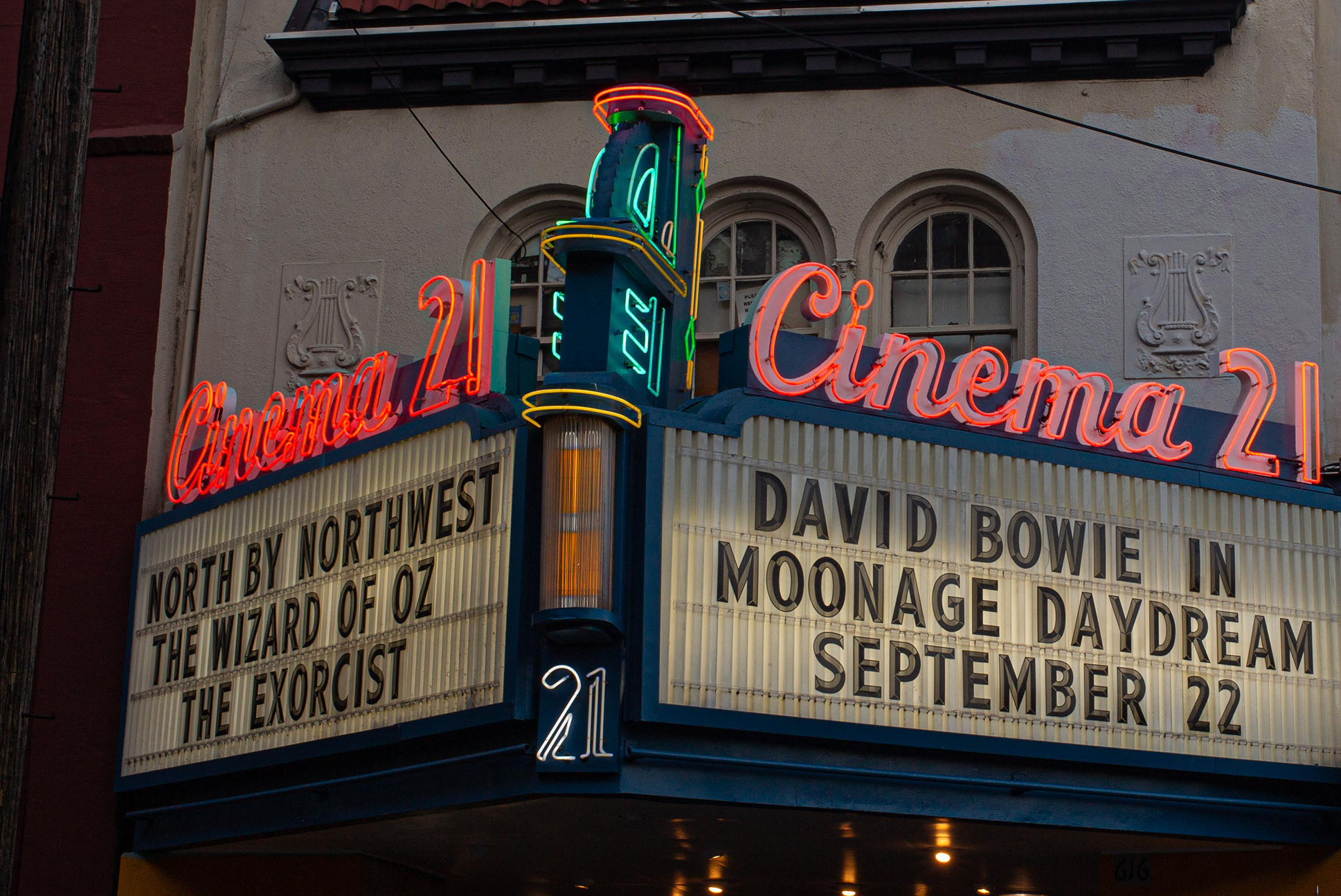Portland Dance Companies Mix Things Up

Image: Ayakovlevcom
Choreographers have a long history of making life difficult for themselves. In the 1950s, the modernist pioneer Merce Cunningham staged “chance dance” experiments, in which randomness—a coin toss, say—determined the order in which his company’s dancers would perform their steps on a given night. Closer to us in time and space, last month Portland company BodyVox adapted this strategy for The Spin, in which audience members spun a game-show wheel listing 25 of the company’s pieces to select which ones the dancers would perform.
Unsettling? Unnerving? Fun? As more and more dance companies upend traditional formats and eliminate the barrier between performers and spectators, choreographers are after all those qualities. “The whole season gives us opportunities to do our work and our process, at year 18, in a different way,” says BodyVox cofounder Jamey Hampton.
In Portland, companies are experimenting with abandon. Clark James, creative director of the visual effects company Hive-FX, usually makes monsters, not dances. (You may have seen his shop’s creatures on Grimm.) But he and other nondancing creatives are about to take an artistic leap, auditioning dancers and choreographing the pieces they’ll perform in Pearl Dive, part of BodyVox’s 2016 season.
Hampton and cofounder Ashley Roland acknowledge it’s a bit scary to hand over their dancers and spaces to neophytes. But like other local dance makers—including Ten Tiny Dances founder Mike Barber and PerformanceWorks Northwest’s Linda Austin—they believe unusual creative challenges, even obstacles, can spark ideas and attract new audiences.
A desire to do things differently also motivated Barber, who created Ten Tiny Dances back in 2002. The premise—that dancers create short pieces for a four-by-four-foot stage, roughly the size of the hood of a car—requires reimagining and editing movement. “Most artists are used to working big,” says Barber. “So what do you do with small space?”
Thanks to an accessible format, viewers keep returning to find out. “If you don’t like one piece, the next one is coming in five to 10 minutes,” he says. “There’s an edge, a sense of discovery.” He plans to shake things up again later this year with Ten Tiny Dinner Dances, a variation on the theme that pairs dancers with courses in a restaurant setting.
Austin has seen audiences embrace uncertainty with her Cabaret Boris and Natasha, an ongoing project in which she creates choreography for nondancers with such limited time to rehearse that they can find themselves improvising during a performance; past participants have included Oregonian columnist Peter Ames Carlin and Pink Martini bandleader Thomas Lauderdale.
Her new project, (Un)Made, expands on that idea: dancers learn and perform material generated by a process that’s like a game of Telephone, with steps passed among performers through demonstration, altered each time as people bring their own style and interpretation to the steps they’ve received. “The idea that people are making decisions in the moment is exciting. There’s a little bit of suspense,” Austin says. “It’s a way of giving people different views of the choreographic process, where you get to be part of a group and have a say or an influence on what happens next.”
In theory, nondancers who create and perform work may also become more invested in dance generally; so, too, may the friends and colleagues who come to see them—a boon for actual dancers looking to develop new audiences. Programming work with built-in obstacles “is not a marketing move, it’s a creative move,” Hampton says. “But it’s easy to market, because it’s interesting.”




